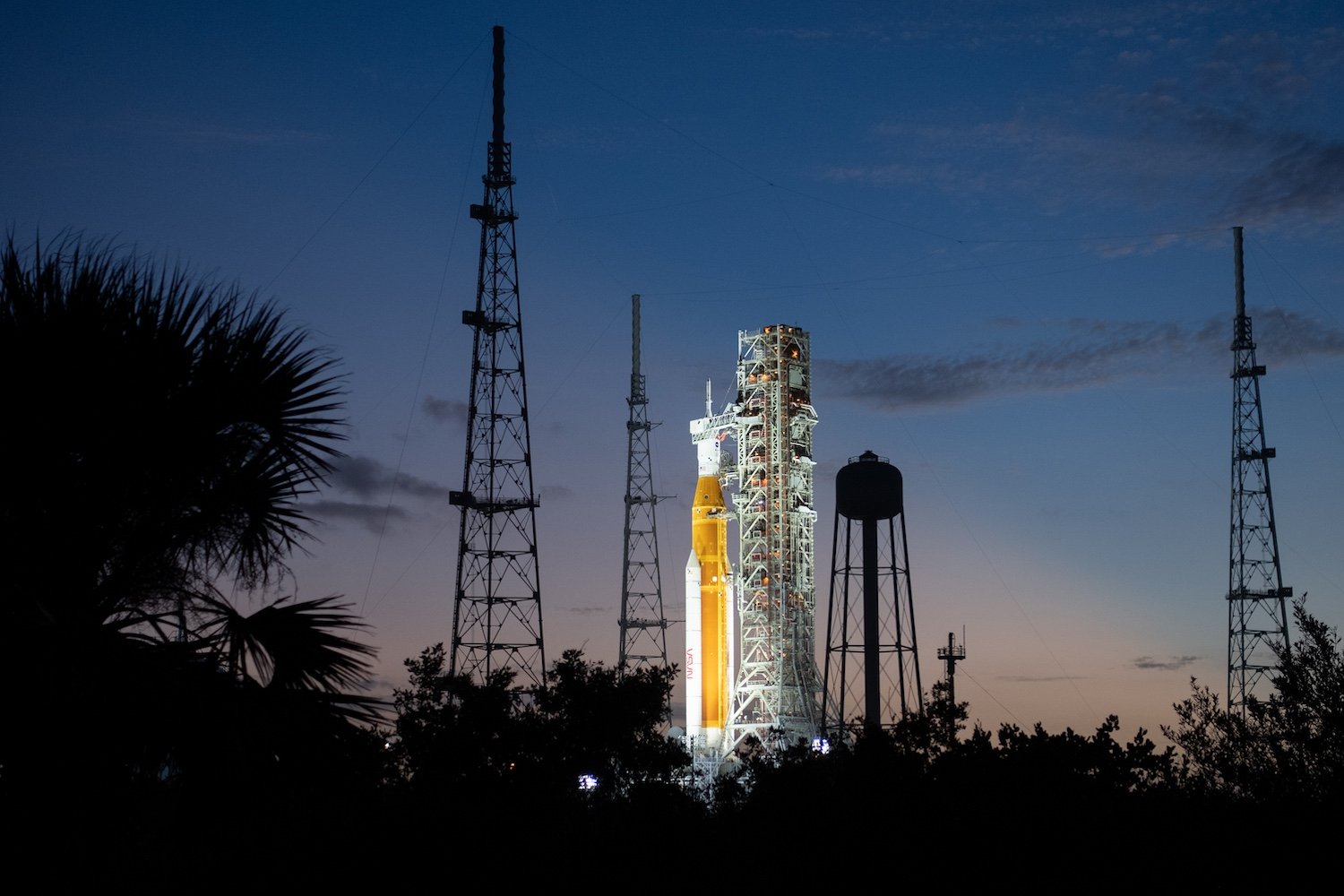
Proposed Budget Cuts Threaten NASA’s Lunar and Martian Ambitions
The Trump administration has unveiled a proposed budget for NASA in the 2026 fiscal year that, if enacted, would significantly reshape the agency’s strategic direction and priorities, triggering a wave of concern and debate within the space community. The budget proposal outlines a dramatic $6 billion cut, representing a 24% decrease from the current $24.8 billion budget for 2025. This reduction targets key components of NASA’s flagship programs, including the Artemis lunar initiative and the ambitious Mars Sample Return (MSR) mission, raising questions about the future of U.S. space exploration.
The administration’s stated objective is to "return to the Moon before China and putting a man on Mars." However, the proposed budget reflects a shift in approach, favoring commercial solutions and human spaceflight over ongoing development of NASA’s own infrastructure and scientific endeavors. The cuts would impact the Space Launch System (SLS) rocket and the Orion capsule, cornerstones of the Artemis program, replacing them with commercial alternatives. Furthermore, the Lunar Gateway, a planned space station orbiting the Moon, would be terminated entirely.
The rationale behind these proposed changes centers on cost-effectiveness and efficiency. The SLS rocket, in particular, has faced criticism for its massive cost overruns and lack of reusability. Built using components from the Space Shuttle program, the SLS has already exceeded its initial budget by $6 billion, with each launch projected to cost at least $4.2 billion. Elon Musk, CEO of SpaceX, has been a vocal critic of SLS, advocating for reusable rocket technology. Jared Isaacman, Trump’s nominee for NASA administrator, has also expressed concerns about the rocket’s exorbitant cost, labeling it "outrageously expensive."
The budget proposal explicitly states the intent to "replace SLS and Orion flights to the Moon with more cost-effective commercial systems that would support more ambitious subsequent lunar missions." SpaceX’s Starship, a fully reusable launch system currently under development, is widely considered the most likely candidate to fill this role.
While the Orion capsule successfully completed an uncrewed mission to the Moon and back during Artemis 1 in November 2022 and is slated to carry a crew on Artemis 2 in April 2026, the budget proposal suggests it will be replaced after the Artemis 3 mission. The shift toward commercial solutions reflects a broader trend within the space industry, with private companies increasingly playing a significant role in launch services, satellite deployment, and even human spaceflight.
The Lunar Gateway’s proposed cancellation represents a significant departure from the original Artemis architecture. The Gateway was envisioned as a crucial hub for lunar operations, providing a staging point for missions to the lunar surface, supporting scientific research, and serving as a platform for future deep space exploration. Its termination raises concerns about the long-term sustainability and scope of lunar missions.
The Mars Sample Return mission is another major casualty of the proposed budget cuts. Described as "grossly overbudget and whose goals would be achieved by human missions to Mars," the MSR program has faced significant challenges, including cost overruns and scheduling delays. The mission was initially budgeted at $7 billion, with the goal of returning samples from Mars in the 2030s. However, revised estimates suggest a cost of $11 billion and a return date in the 2040s. NASA has been exploring alternative approaches to the MSR mission in an effort to reduce costs and accelerate the timeline, but the administration’s budget proposal signals a lack of confidence in the project’s viability.
While most NASA programs would face budget cuts under the proposed plan, the agency’s human space exploration budget would receive an additional $647 million compared to the 2025 budget. This allocation underscores the administration’s continued commitment to returning to the Moon and landing astronauts on Mars, albeit with a greater emphasis on commercial partnerships and a streamlined approach. The proposed budget allocates more than $7 billion toward lunar exploration and an additional $1 billion in new investment for programs focused on Mars.
The International Space Station (ISS) would also be affected by the proposed budget cuts. The budget proposes reducing the crew size aboard the ISS ahead of its planned retirement in 2030, when it is expected to be replaced by a commercial space station or multiple commercial space stations. The budget proposal states that "crew and cargo flights to the station would be significantly reduced" and that "the station’s reduced research capacity would be focused on efforts critical to the Moon and Mars exploration programs." This shift suggests a prioritization of research activities directly supporting lunar and Martian exploration goals over broader scientific investigations conducted on the ISS.
The proposed budget cuts have sparked considerable debate within the space community, with critics expressing concern about the potential impact on NASA’s scientific capabilities, technological innovation, and international leadership. Concerns have been voiced over the loss of jobs, the cancellation of promising research projects, and the erosion of NASA’s expertise in key areas.
While proponents argue that the budget cuts are necessary to rein in spending and promote greater efficiency, critics contend that they represent a short-sighted approach that could jeopardize the future of U.S. space exploration. The shift toward commercial solutions raises questions about the long-term sustainability of NASA’s programs, as well as the potential impact on workforce development and technological innovation within the agency.
The proposed budget is subject to approval by Congress, where it is likely to face significant scrutiny and debate. Lawmakers from both parties have expressed strong support for NASA and its mission, and it remains to be seen whether they will ultimately approve the administration’s proposed cuts. The final outcome of the budget process will have a profound impact on the future of U.S. space exploration and NASA’s role in shaping the next era of space discovery. The balance between ambitious exploration goals, budgetary constraints, and the role of commercial partners will be a key factor in determining the agency’s path forward.
